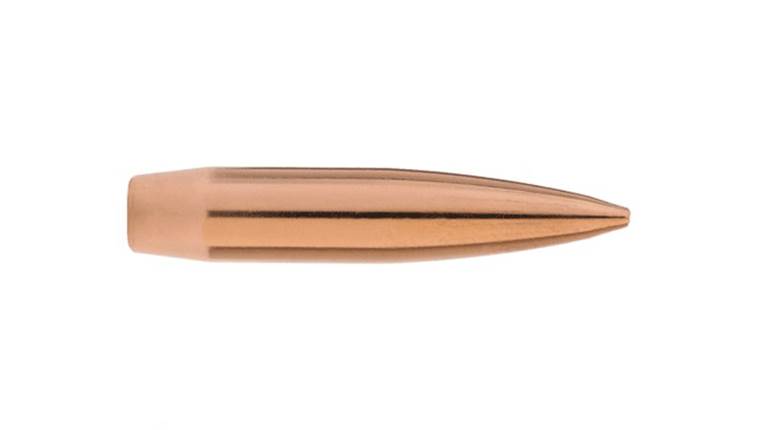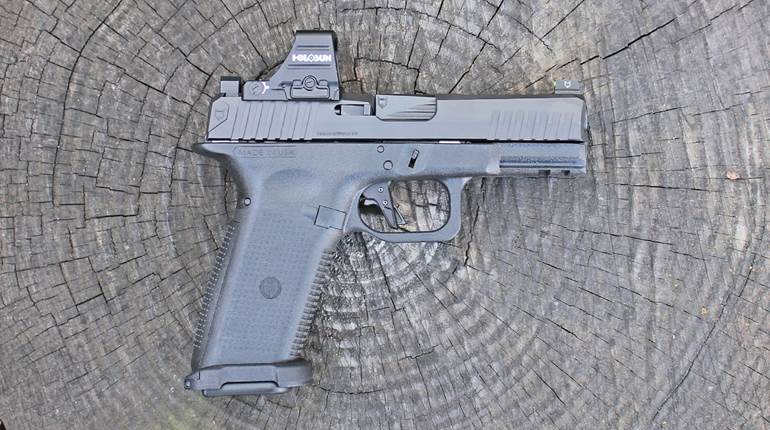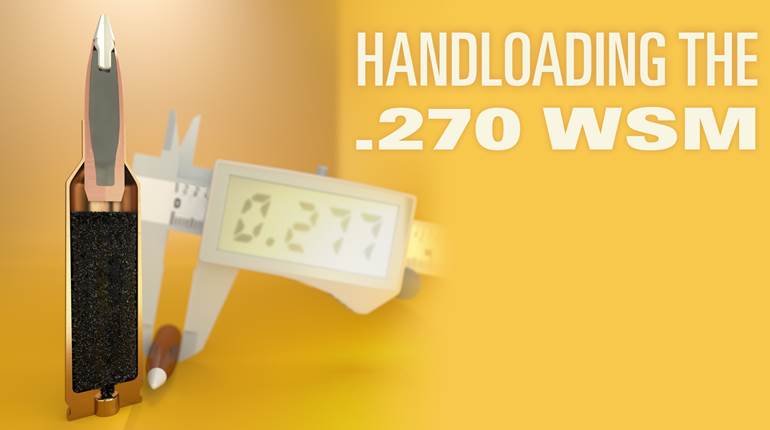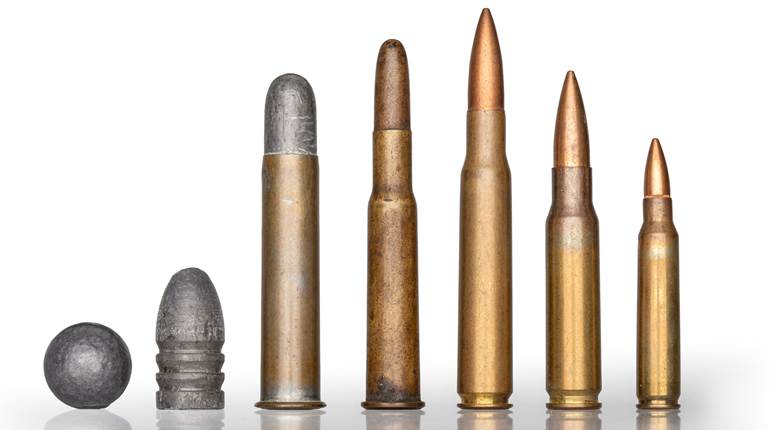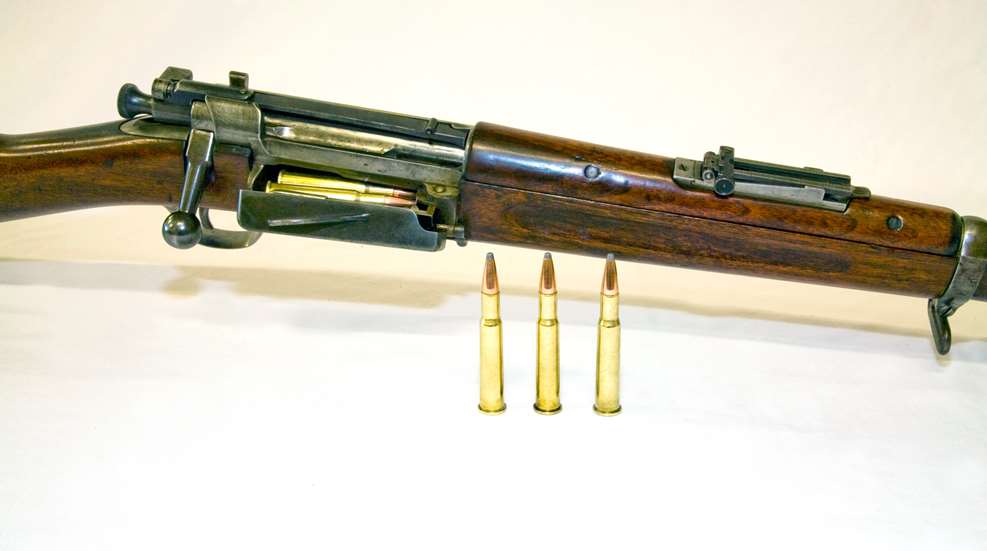
From the end of the American Civil War until the Spanish-American War of 1898, most military armed encounters were between the U.S. and Native American tribes. In 1873, Springfield Armory introduced the first breech-loading centerfire rifle to be standard issue to U.S. forces. Its cartridge—the .45-70 Government—took the accepted notion of the day that a rifle suitable for combat needed a large, heavy bullet at moderate velocity to kill an enemy. Original .45-70 Gov’t. loadings were fueled with 70 grains of FFg blackpowder and launched a 405-grain lead bullet at 1,330 f.p.s.
When French chemist Paul Vieille perfected smokeless powder in 1886, experimenters and other inventors scrambled to find uses for the new fuel. The fact that smokeless powder generated more energy—hence velocity—per mass of fuel compared to blackpowder, meant that smaller, faster bullets would easily overtake large, heavy bullets in term of terminal damage. The problem was that acquiring enough of the new propellant to develop and test new cartridge concepts was problematic. At that time, the only source for useable smokeless powder was Belgium, and the quantities it could supply were minimal. American companies, as well as army arsenals, worked tirelessly to develop their own formulas for the newfangled powder but would not see success until the early 1900s.

Nonetheless, the effort to bring a small-bore centerfire rifle cartridge that would feed from a magazine pressed on at the Springfield Armory, under the command of Col. Adelbert R. Buffington. The Europeans focused most of their efforts on metric-diameter bullets from 6 mm to 8 mm. Americans, being Americans, chose a completely arbitrary 0.308"-diameter bullet to develop their small-bore cartridge. Experiments pushed on with rimmed, as well as rimless, cases, different powders and various bullet structures. The Board of Ordnance tested some 53 different rifle designs at Governor's Island, N.Y., starting in 1890, 24 of which came from foreign sources. Several designs blew up during the trials, and ultimately, the military officially adopted the Krag-Jorgensen rifle by 1893, which was patterned after the 1889 Krag-Jorgensen rifle as designed for Denmark’s army. Frankford Arsenal found that a rimmed case loaded with 40 grains of Belgian Wetteren powder, launching a 220-grain round nose, full metal jacket bullet at 2,000 f.p.s., would best meet the criteria. Springfield Armory went into production of the then-new U.S. service rifle in 1894.
The nomenclature of the day continued to be as the one used during the blackpowder era, thus the new cartridge was dubbed the .30-40 Krag; others referred to it as the .30 U.S. Army. Who actually designed the cartridge is apparently lost in the annals of history, but its success was almost immediate, not surprisingly due to its adoption by the U.S. War Department.
Winchester chambered its Model 1883 bolt-action rifle for the .30-40 Krag in 1893, thus making it the first commercial rifle chambered in a small-bore, smokeless cartridge. The company followed suit by chambering its Model 1895 lever action in .30-40 Krag, among many other calibers. Remington dabbled a bit with the cartridge, chambering its Model 1899 Remington-Lee Sporter in .30-40 Krag, among others. There were only around 1,500 Remington-Lee Sporters built between 1899 and 1905. No other commercial rifles chambered the cartridge from 1936 until 1973 when Ruger made a four-year run of No. 3 single-shot rifles in .30-40 Krag.
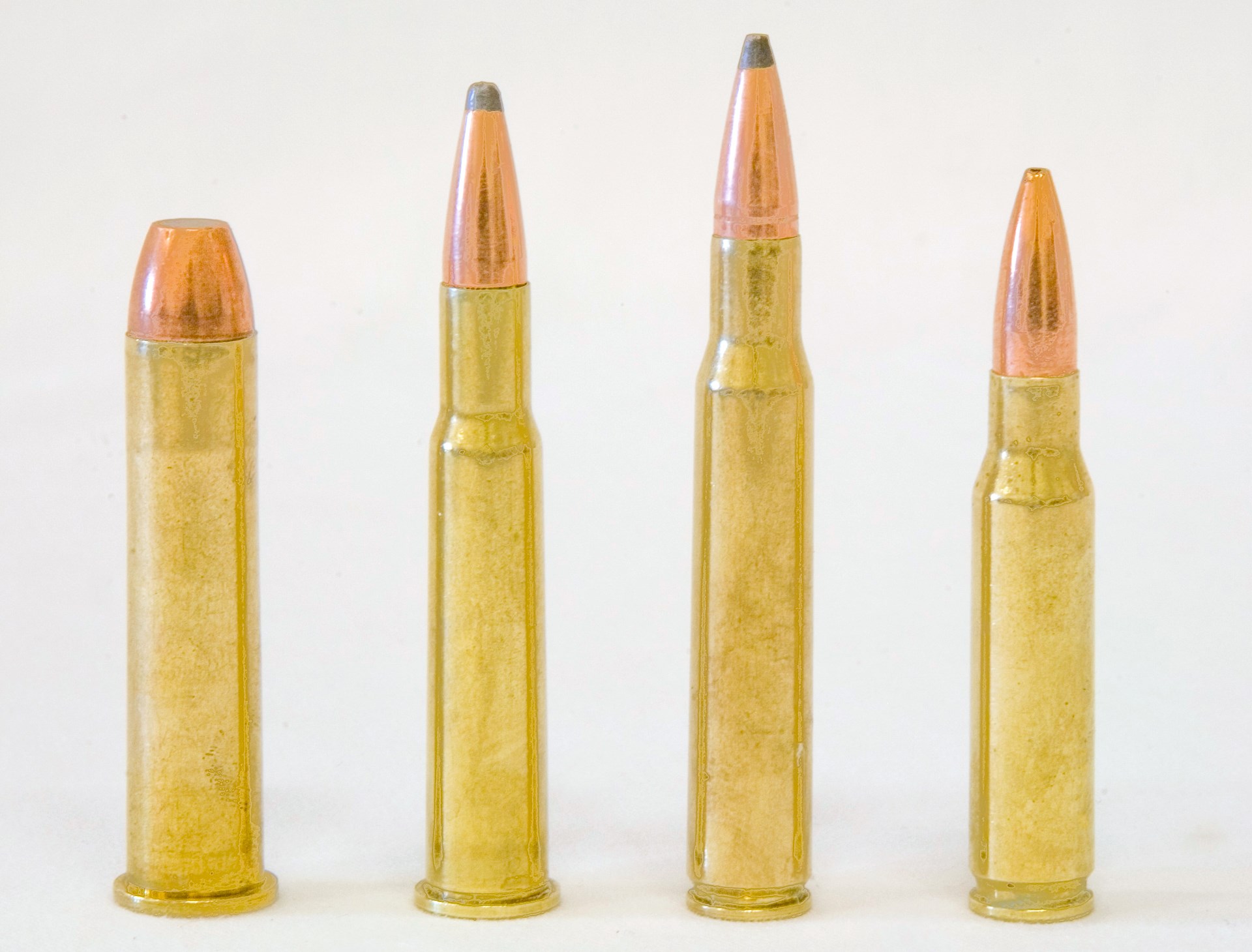 Cartridges shown (l. to r.): .45-70 Gov't, .30-40 Krag, .30-'06 Sprg. and .308 Win.
Cartridges shown (l. to r.): .45-70 Gov't, .30-40 Krag, .30-'06 Sprg. and .308 Win.
After the Spanish-American War, an effort was made to improve the ballistics of the .30-40 Krag seeking to emulate the ballistics of the 7x57 mm Mauser. The velocity was raised to 2,200 f.p.s., but it was found to be too hot for the Krag-Jorgensen rifle. Locking lugs cracked within a year of the new load’s introduction, forcing a return of the original load.
As mentioned, initial .30-40 Krag ammo featured a 220-grain bullet at 2,000 f.p.s., making it a bit more powerful than the .30-30 Win., but lagged a bit behind the .308 Win. and the .30-‘06 Sprg. cartridges. While by modern standards this may seem to be less than spectacular, this lower-velocity load was used by Colorado miner John Plute to take what would become a world record Rocky Mountain bull elk in 1899. Plute, who was hunting for meat, had to go back into Dark Canyon to retrieve the antlers in order back up his claim of shooting a huge bull. Plute eventually traded the record-setting antlers to a bartender to pay a bar tab.
Modern factory loads have lightened the bullet to 180 grains with a spitzer profile and increased the velocity to 2,300 f.p.s., which has improved its performance on game. As of now, it seems that Hornady is the only company currently loading this cartridge. Handloaders, of course, can jack the velocity up a bit by using even lighter bullets—say 150 to 165 grains—and data is available, though not as readily as more common cartridges.
Given the transformational jump from blackpowder to smokeless powder, the .30-40 Krag was a remarkable improvement for a first-generation smokeless cartridge. It was, however, just that, a first-generation smokeless powder cartridge. Though much has been learned along the way, and modern practices have generated extremely efficient cartridges capable of much more than that first-gen loading, the .30-40 Krag still generates interest.












